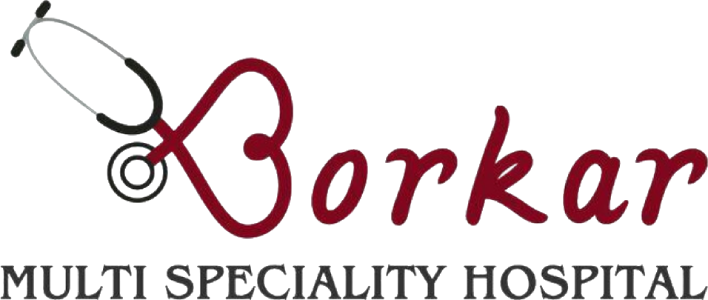Orthopaedic Trauma
Understanding Orthopaedic Trauma: Causes, Treatment, and Recovery
Orthopaedic trauma refers to severe injuries to the musculoskeletal system, including bones, joints, and ligaments. These injuries often result from accidents, falls, or violence, and they require specialized care to restore function and mobility. This blog provides an in-depth look at orthopaedic trauma, its causes, treatment options, and the road to recovery.
What is Orthopaedic Trauma?
Orthopaedic trauma encompasses a wide range of injuries, from simple fractures to complex multiple bone injuries. It can affect any part of the musculoskeletal system, including the spine, pelvis, arms, and legs. These injuries may be life-altering, requiring immediate medical intervention and a multidisciplinary approach to treatment.
Common Causes of Orthopaedic Trauma
Orthopaedic trauma can occur due to various reasons, including:
1. Road Traffic Accidents
- High-impact collisions often result in fractures, dislocations, and other severe musculoskeletal injuries.
2. Falls
- Falls from heights or on slippery surfaces can cause fractures and soft tissue injuries, particularly in older adults.
3. Sports Injuries
- Contact sports and extreme physical activities can lead to broken bones, ligament tears, and joint dislocations.
4. Industrial Accidents
- Workplace injuries, especially in construction and manufacturing industries, contribute significantly to orthopaedic trauma.
5. Violence and Assault
- Blunt force trauma from physical altercations or gunshot wounds can result in complex fractures.
Types of Orthopaedic Trauma
Orthopaedic trauma varies in severity and complexity. Some common types include:
1. Fractures
- Simple Fractures: Clean breaks without damage to surrounding tissues.
- Compound Fractures: Broken bones that pierce the skin, increasing the risk of infection.
- Comminuted Fractures: Bones shattered into multiple pieces.
- Stress Fractures: Small cracks in bones caused by repetitive force.
2. Dislocations
- Occurs when the ends of bones are forced out of their normal positions, commonly affecting shoulders, hips, and knees.
3. Soft Tissue Injuries
- Includes damage to muscles, ligaments, and tendons, often accompanying fractures or dislocations.
4. Pelvic and Spinal Injuries
- These are high-impact injuries that can be life-threatening and require immediate medical attention.
Diagnosing Orthopaedic Trauma
Accurate diagnosis is critical for effective treatment. Diagnostic methods include:
1. Physical Examination
- Assessment of the injury site, checking for swelling, deformity, and range of motion.
2. Imaging Tests
- X-rays: Provide a clear view of bone fractures and dislocations.
- CT Scans: Offer detailed images of complex fractures.
- MRI: Used to evaluate soft tissue injuries.
3. Blood Tests
- Conducted to detect infections or underlying medical conditions that may affect healing.
Treatment Options for Orthopaedic Trauma
The treatment of orthopaedic trauma focuses on stabilizing the injury, promoting healing, and restoring function. Common approaches include:
1. Non-Surgical Treatments
- Casting and Splinting: Used for simple fractures to immobilize the bone and facilitate healing.
- Traction: Applies steady pulling force to align bones and reduce pain.
2. Surgical Treatments
- Internal Fixation: Involves using metal plates, screws, or rods to stabilize fractured bones.
- External Fixation: Stabilizes the bone externally using a frame; often used for severe open fractures.
- Joint Replacement Surgery: Replaces damaged joints with artificial implants in cases of severe trauma.
3. Rehabilitation and Physical Therapy
- Tailored exercises and therapies to restore strength, mobility, and flexibility.
- Focuses on gradual recovery to prevent complications like muscle atrophy or joint stiffness.
4. Pain Management
- Medications like NSAIDs and opioids may be prescribed for short-term pain relief.
- Non-pharmacological approaches, including ice therapy and relaxation techniques, complement pain management.
Advances in Orthopaedic Trauma Care
The field of orthopaedic trauma has seen significant advancements in recent years, including:
1. Minimally Invasive Surgery
- Techniques such as arthroscopy minimize tissue damage and reduce recovery time.
2. 3D Printing
- Custom implants and prosthetics designed using 3D printing improve surgical outcomes.
3. Biologics and Stem Cell Therapy
- Promote faster bone and tissue regeneration.
4. Robotics-Assisted Surgery
- Enhances precision in complex procedures, leading to better outcomes.
Preventing Orthopaedic Trauma
While not all injuries can be prevented, certain measures can reduce the risk of orthopaedic trauma:
- Road Safety
- Wear seatbelts and helmets, follow traffic rules, and avoid distractions while driving.
- Fall Prevention
- Install handrails, use non-slip mats, and ensure adequate lighting in living spaces.
- Protective Gear
- Use appropriate gear for sports and high-risk occupations.
- Strength and Conditioning
- Engage in exercises to improve balance, strength, and coordination.
- Regular Health Checkups
- Address underlying conditions like osteoporosis or arthritis that increase the risk of fractures.
Recovery and Rehabilitation
Recovering from orthopaedic trauma is a gradual process that involves:
1. Follow-Up Care
- Regular consultations with the healthcare provider to monitor healing and adjust treatment plans.
2. Physical Therapy
- Customized exercises to restore function and prevent complications.
3. Emotional Support
- Coping with the psychological impact of trauma through counseling or support groups.
Living with Orthopaedic Trauma
Adjusting to life after a significant injury can be challenging, but with the right approach, individuals can regain independence and quality of life:
- Stay committed to rehabilitation programs.
- Use assistive devices like crutches or walkers if needed.
- Seek social support from family, friends, or peer groups.
Conclusion
Orthopaedic trauma, though often severe, is treatable with timely intervention and comprehensive care. Advances in medical technology and rehabilitation techniques have significantly improved outcomes, enabling patients to recover faster and lead fulfilling lives. If you or someone you know experiences a traumatic injury, seek specialized orthopaedic care promptly to ensure the best possible recovery.
Your musculoskeletal health is vital—take proactive steps to protect it and consult a healthcare professional for expert guidance on managing injuries effectively.

